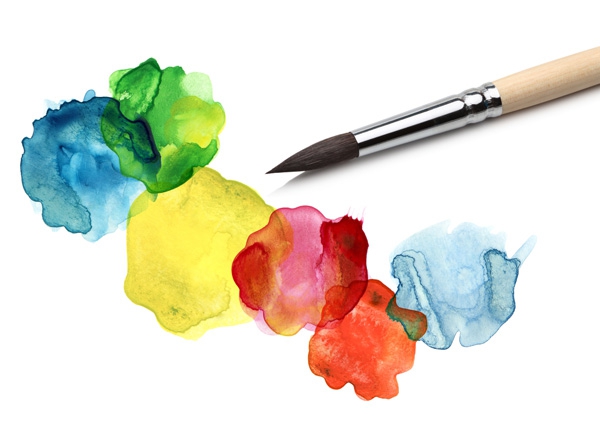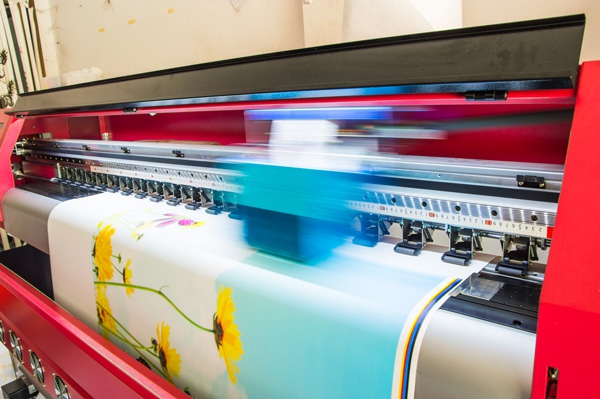The 7 Skills Every Design Professional Needs Today

Today more designers are finding themselves having to be well rounded with diverse skill-sets, when competing in the job market. While having a specialty and distinct design style is important, the ability to provide a range of services to employers and clients will give you a competitive advantage. Here is a list of skills every professional designer needs today to remain competitive.
Retouching and Masking
Designers will find that the highest-paying positions in their field are usually related to advertising. Working in advertising requires a variety of skills, but more often than not it will require a strong emphasis on using photographs and creating composite images using Adobe Photoshop.
Though Photoshop is the program most associated with graphic design by the outside world, within the creative services industry there is distinction between designers and photo retouchers even though their skills can overlap. Photo retouching is an important skill set for graphic designers who want to work in advertising, particularly if they are going to be creating banner ads, posters, and flyers.
Masking is a non-destructive technique for removing people and objects from backgrounds. This is probably the most practical use of Photoshop when it comes to graphic design. By combining photo retouching and masking, designers can create stunning visuals that communicate the values of a product or brand in a way that a simple photo just can’t accomplish on its own.
Illustration and Fine Art Skills
While you don’t necessarily need to be able to draw or be a fine artist to be a graphic designer, it certainly doesn’t hurt. There are several benefits to having illustration and fine art skills such as sketching, technical drawing, and painting. Being able to create basic sketches allows you to brainstorm ideas faster as a designer. You can test layouts and typography mockups through sketches before having to work in the computer and quickly make revisions or try new things with a minimal amount of effort.
Technical illustration skills allow designers to be able to create more elaborate and complex logo designs, as well as do editorial illustrations for magazines. Painting skills can translate into Photoshop through digital art using tablets like those made by Wacom. Traditional painters are becoming digital artists and finding that they have the freedom to experiment and make mistakes without worrying about the cost of paint and canvas. Also, by that selling their creations in online marketplaces on a number of products, they are able to build better business models.
Digital Photography
While you don’t have to be the next Scott Kelby, some basic digital photography skills will have a tremendous impact on your overall ability as a designer. Photography will help you gain a better appreciation for composition, lighting, and value in images. Plus you can benefit from being able to take your own stock photos, capture unique one-of-a-kind textures and backgrounds that you can use as assets in Photoshop and other programs.
Digital Print Production
While many graphic designers tend to focus on the photo manipulation and illustration components of design, given their focus on creativity, sometimes the technical aspects of craftsmanship get overlooked. While creativity and the ability to execute on it are certainly important, it’s also valuable to be able to act as a technician use those creations in a meaningful way.
Digital print production skills are essential to designers who want to take their creations from the screen into the real world. Learning about ink density and saturation, dot gain, bleed, packaging design and die-cuts may not be as glamorous as working in Photoshop, but it is just as important and in many case more-so. If you intend to work in advertising, editorial, or even as an in-house designer at a company, print production skills need to be a part of your arsenal.
Typography and Typesetting
A picture may be worth a thousand words, but sometimes you just need one. Typography is one of the cornerstones of graphic design and it should not be neglected. Logo designers in particular have to understand the finer aspects of typography including choosing, manipulating, and even creating type faces.
As for typesetting, you can’t underestimate its value. Today websites are often plagued by a lack of good typography, which takes away from the experience of an otherwise well-designed website. Understanding how to create grid systems and balance the relationship between body copy and headlines makes all the difference in establishing visual hierarchy and readability.
Basic HTML and Web Design
There was a time where you were either a print designer, web designer, or motion graphics designer/animator. That era of specialization is slowly coming to an end. While there is still a market for specialist and it is possible to succeed in your career as one, you are less likely to do so early in your career. Consumers and businesses are valuing unified experiences more and when individual designers, teams or agencies are able to provide a complete experience they are likely to have more business.
To give yourself an advantage in the marketplace as a designer you need the ability to create basic websites. While there are many tools that allow you to create websites without coding today, you shouldn’t consider that an excuse not to learn HTML. HTML coding is still the most reliable, consistent, and respected way to build a website. But learning HTML is not enough. You will need to apply your other design skills such as typography, color theory, and layout to be effective as a web designer. Too often “coders” style themselves as designers, resulting in websites and experiences that are functional but lack presentation value and fail to communicate the intentions and tone of the brand or product.
Comm
unication
Communication is the single most important skill a designer needs, and it cannot be limited to visual communication. Designers need the ability to communicate with other team members, clients, employers, and consumers. It’s important not be isolated and connect with as many individuals and groups as possible when you are a designer, because you will expand your creative vocabulary by doing so. Learning to listen, and to see things from a perspective outside of your own is essential and in many ways is the difference between being a good designer and being a great designer.
This article was last modified on May 18, 2023
This article was first published on October 17, 2014










